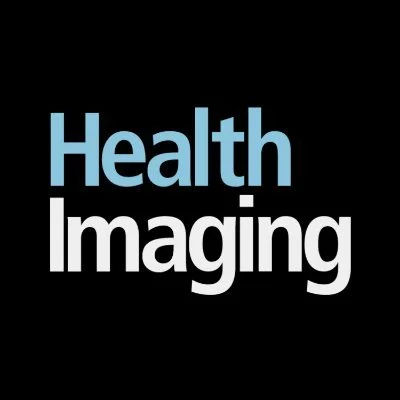
A modified AI tool can autonomously triage prostate MRI scans, decreasing radiologists' workload by up to 20%.
Key Details
- 1Prostate MRI use is rising due to better cancer detection and reduced need for biopsies.
- 2Radiologist workloads are increasing, especially for serial MRI follow-ups.
- 3Researchers adjusted an established AI algorithm for prostate MRI by adding uncertainty quantification (UQ) thresholds.
- 4AI can now 'rule out' low-uncertainty cases autonomously, sending only uncertain cases to radiologists.
- 5This new workflow led to a 20% reduction in the number of cases radiologists have to interpret.
Why It Matters
This demonstrates the potential of AI triage to alleviate radiologist burden as imaging volumes grow, especially in high-demand subspecialties like prostate MRI. The approach of using uncertainty quantification thresholds enables a safe, semi-automated workflow while maintaining expert oversight for challenging cases.

Source
Health Imaging
Related News

•AuntMinnie
AI Enables Safe 75% Gadolinium Reduction in Breast MRI Without Losing Sensitivity
AI-enhanced breast MRI with a 75% reduced gadolinium dose maintained diagnostic sensitivity comparable to full-dose protocols.

•Cardiovascular Business
Deep Learning AI Model Detects Coronary Microvascular Dysfunction Via ECG
A new AI algorithm rapidly detects coronary microvascular dysfunction using ECGs, with validation incorporating PET imaging.

•AuntMinnie
Study: Patients Prefer AI in Radiology as Assistive, Not Standalone Tool
Survey finds patients support AI-assisted radiology but not AI-only interpretations.